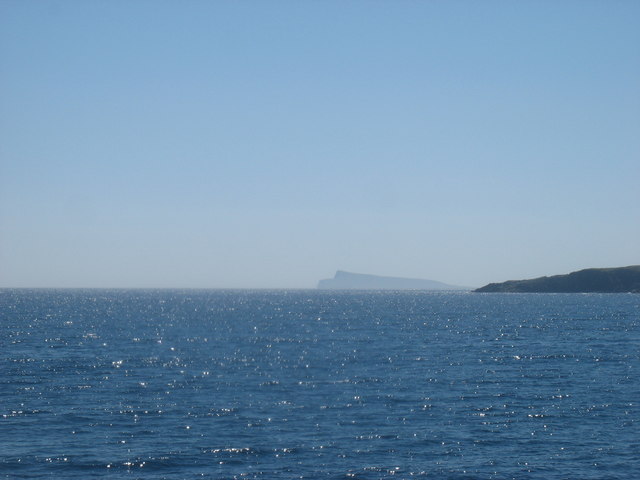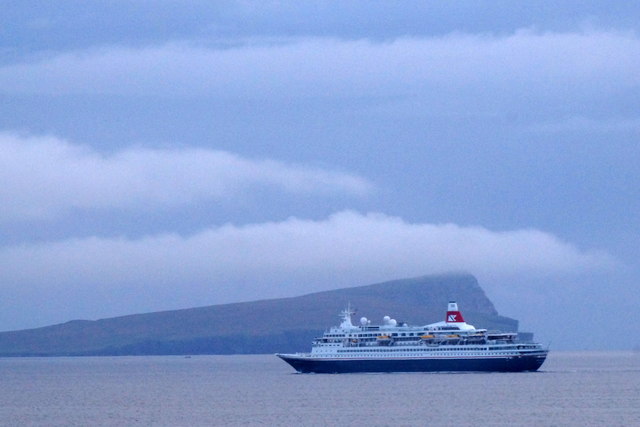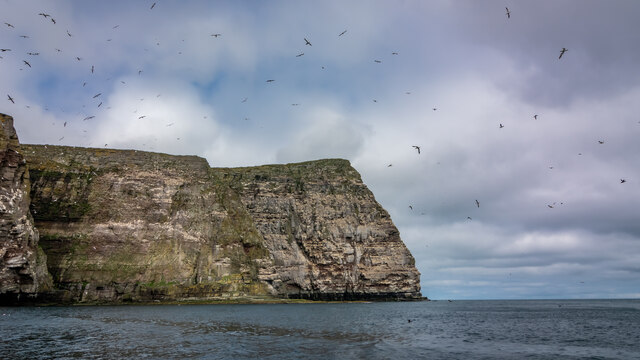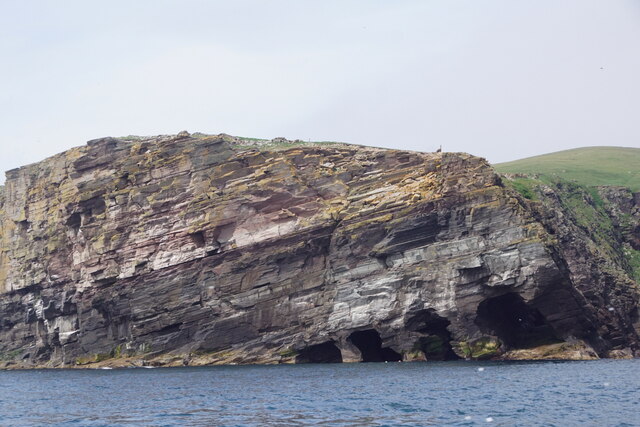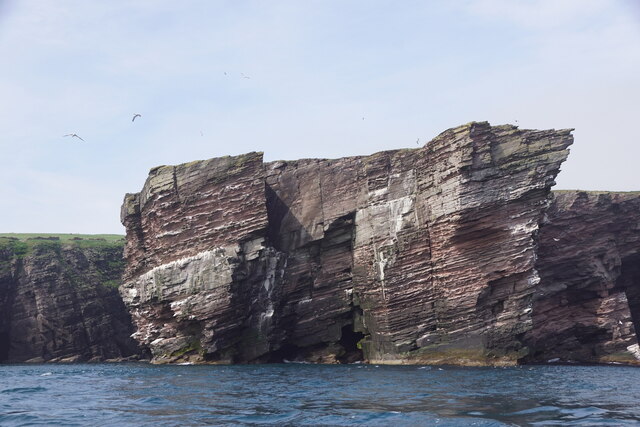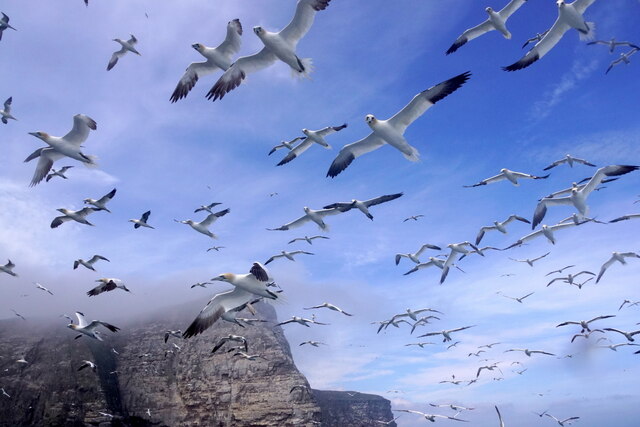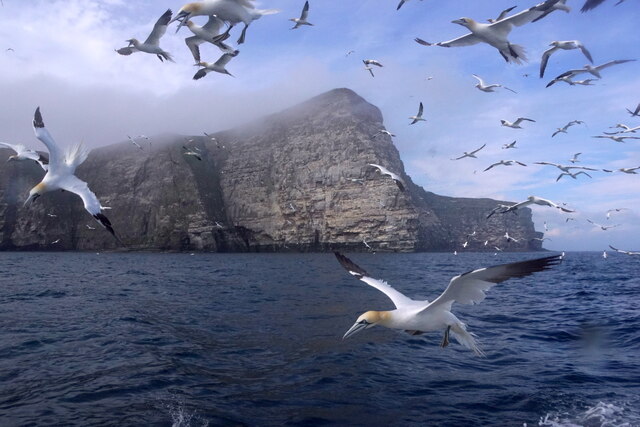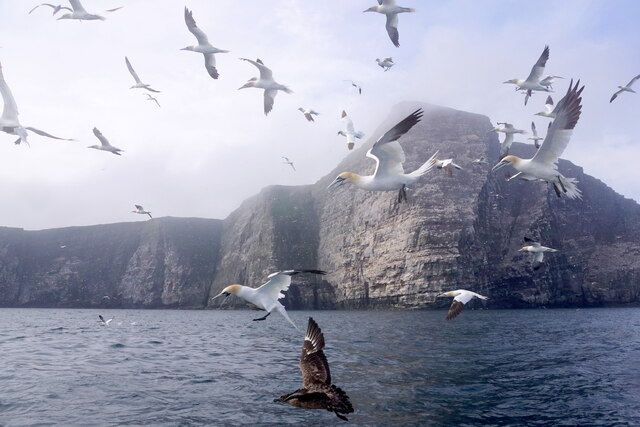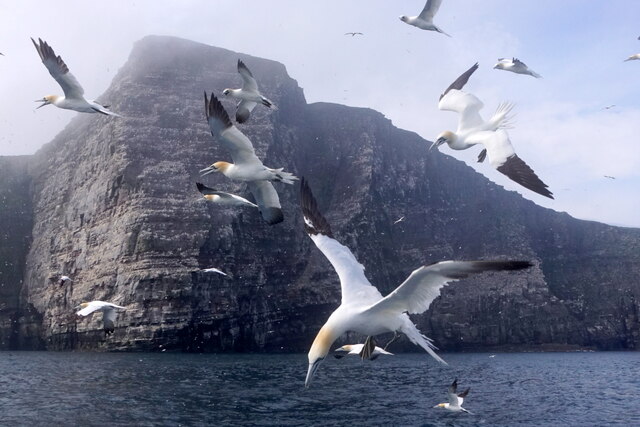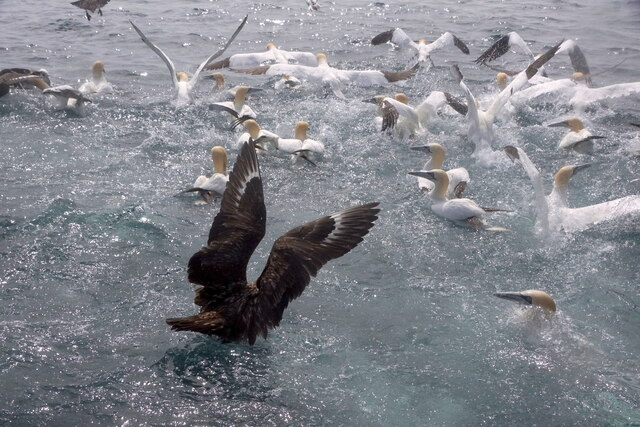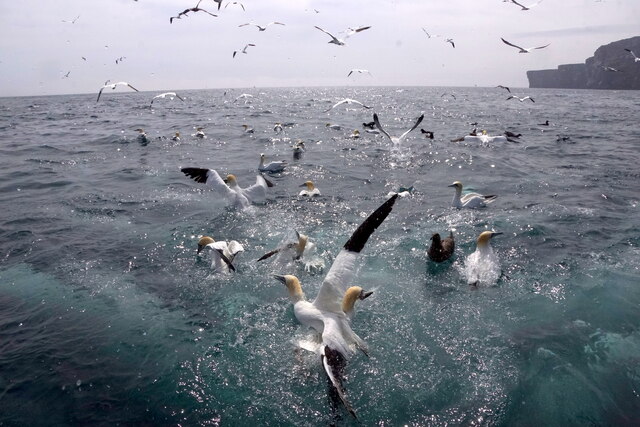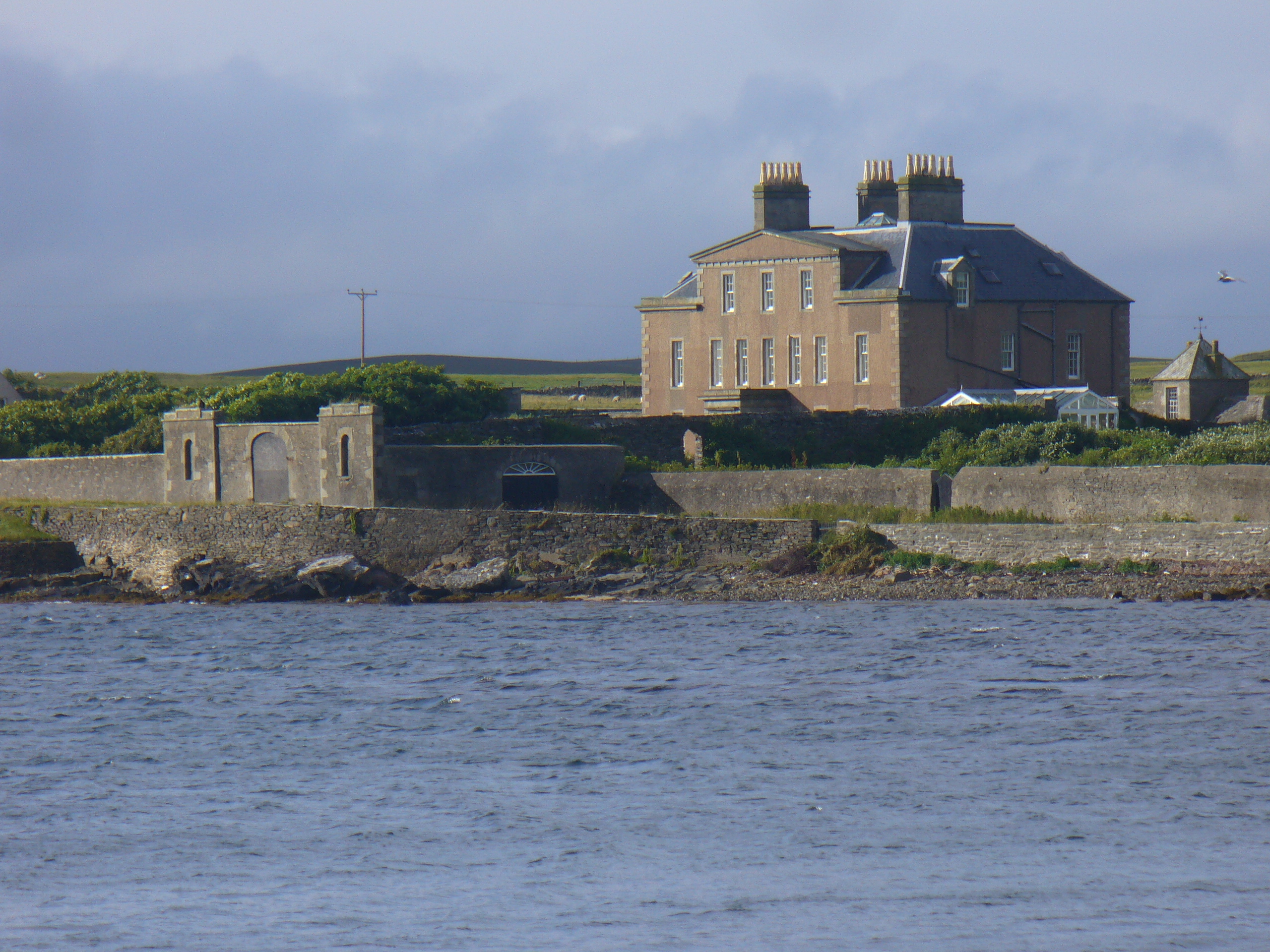Noup of Noss
Coastal Feature, Headland, Point in Shetland
Scotland
Noup of Noss
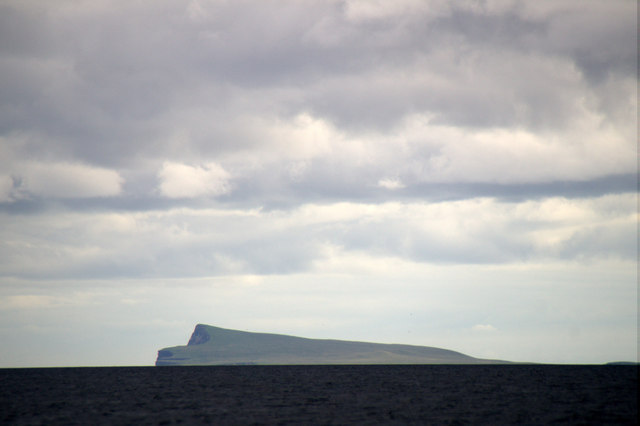
Noup of Noss is a prominent coastal feature located on the island of Noss, which is part of the Shetland archipelago in Scotland. It is situated on the eastern coast of the island, overlooking the North Sea. Noss itself is a nature reserve known for its rich biodiversity and stunning landscapes.
The Noup of Noss is a headland that juts out into the sea, forming a distinct point. It is characterized by its towering cliffs that rise up to 181 meters (594 feet) above sea level, making it one of the highest sea cliffs in Shetland. These cliffs are composed of rugged, layered rock formations, which have been shaped by centuries of coastal erosion.
The Noup of Noss provides a vital habitat for a variety of seabird species. It is particularly renowned for its large seabird colonies, including a significant population of gannets, puffins, guillemots, and razorbills. These birds nest on the narrow ledges and crevices of the cliffs, creating a spectacular display of nesting activity during the breeding season.
Access to the Noup of Noss is restricted during the breeding season to protect the nesting birds. However, visitors can still enjoy breathtaking views of the headland and its surrounding coastal scenery from several vantage points on Noss. The area is a magnet for nature enthusiasts, birdwatchers, and photographers, who come to witness the awe-inspiring beauty and wildlife diversity of this coastal feature.
In conclusion, the Noup of Noss is a remarkable headland and point on the eastern coast of Noss island in Shetland. With its towering cliffs and vibrant seabird colonies, it is a must-see destination for anyone seeking to explore the natural wonders of the region.
If you have any feedback on the listing, please let us know in the comments section below.
Noup of Noss Images
Images are sourced within 2km of 60.139349/-1.0031042 or Grid Reference HU5539. Thanks to Geograph Open Source API. All images are credited.
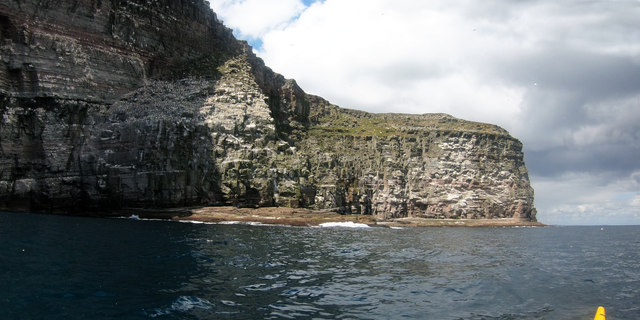
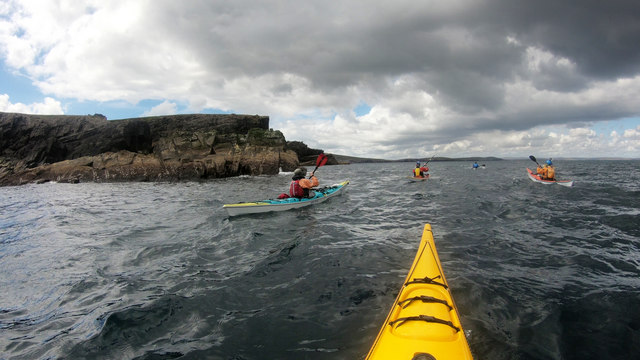
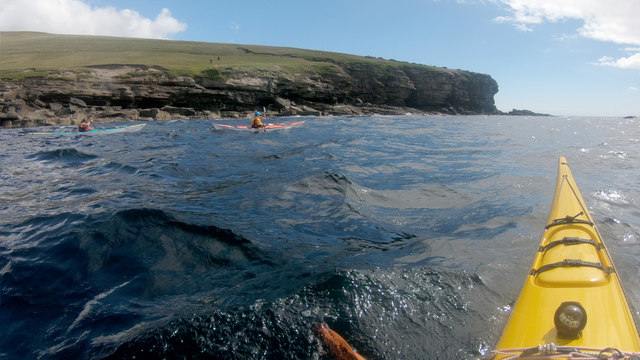
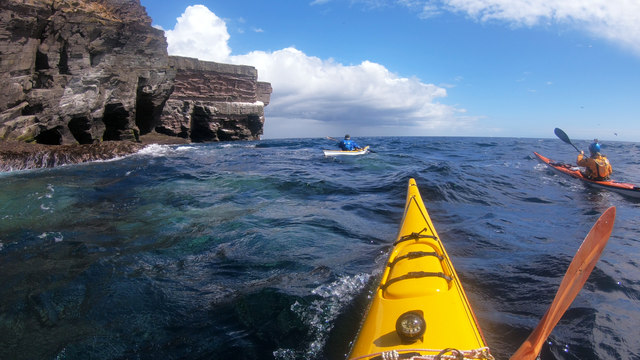

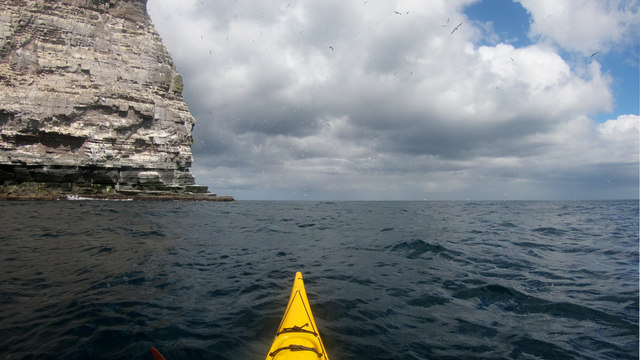
Noup of Noss is located at Grid Ref: HU5539 (Lat: 60.139349, Lng: -1.0031042)
Unitary Authority: Shetland Islands
Police Authority: Highlands and Islands
What 3 Words
///hindered.pardon.trails. Near Lerwick, Shetland Islands
Nearby Locations
Related Wikis
Holm of Noss
The Holm of Noss or Cradle Holm is an uninhabited islet of the Shetland Islands. It is about 48m at its highest point. == Geography and geology == It is...
Isle of Noss
The Isle of Noss or Noss (Scots: Noss) is a small, previously inhabited island in Shetland, Scotland. Noss is separated from the island of Bressay by the...
Broch of Cullingsburgh
The Broch of Cullingsburgh is an Iron Age broch located in the Shetland islands. == Location == Located on Bressay, off the east coast of mainland Shetland...
Voe of Cullingsburgh
Voe of Cullingsburgh is a large sea loch off the Shetland island of Bressay, voe meaning "sea inlet" in Shetland dialect. The local spelling of the name...
Bressay
Bressay (Scots: Bressa) is a populated island in the Shetland archipelago of Scotland. == Geography and geology == Bressay lies due south of Whalsay, west...
Bressay transmitting station
Bressay transmitting station is a broadcasting transmission facility for the Shetland Islands, located on the isle of Bressay, owned and operated by Arqiva...
Gardie House
Gardie House is an 18th-century estate house on Bressay in Shetland, Scotland. Located opposite Lerwick, across the Bressay Sound, Gardie is described...
Lerwick and Bressay Parish Church
Lerwick and Bressay Parish Church is the largest Church of Scotland congregation in Shetland, serving the islands' capital Lerwick and the surrounding...
Nearby Amenities
Located within 500m of 60.139349,-1.0031042Have you been to Noup of Noss?
Leave your review of Noup of Noss below (or comments, questions and feedback).
